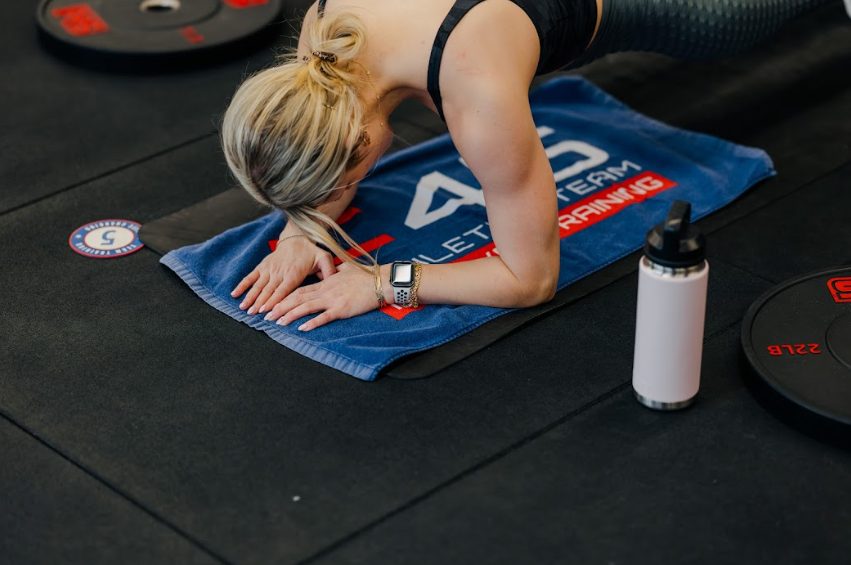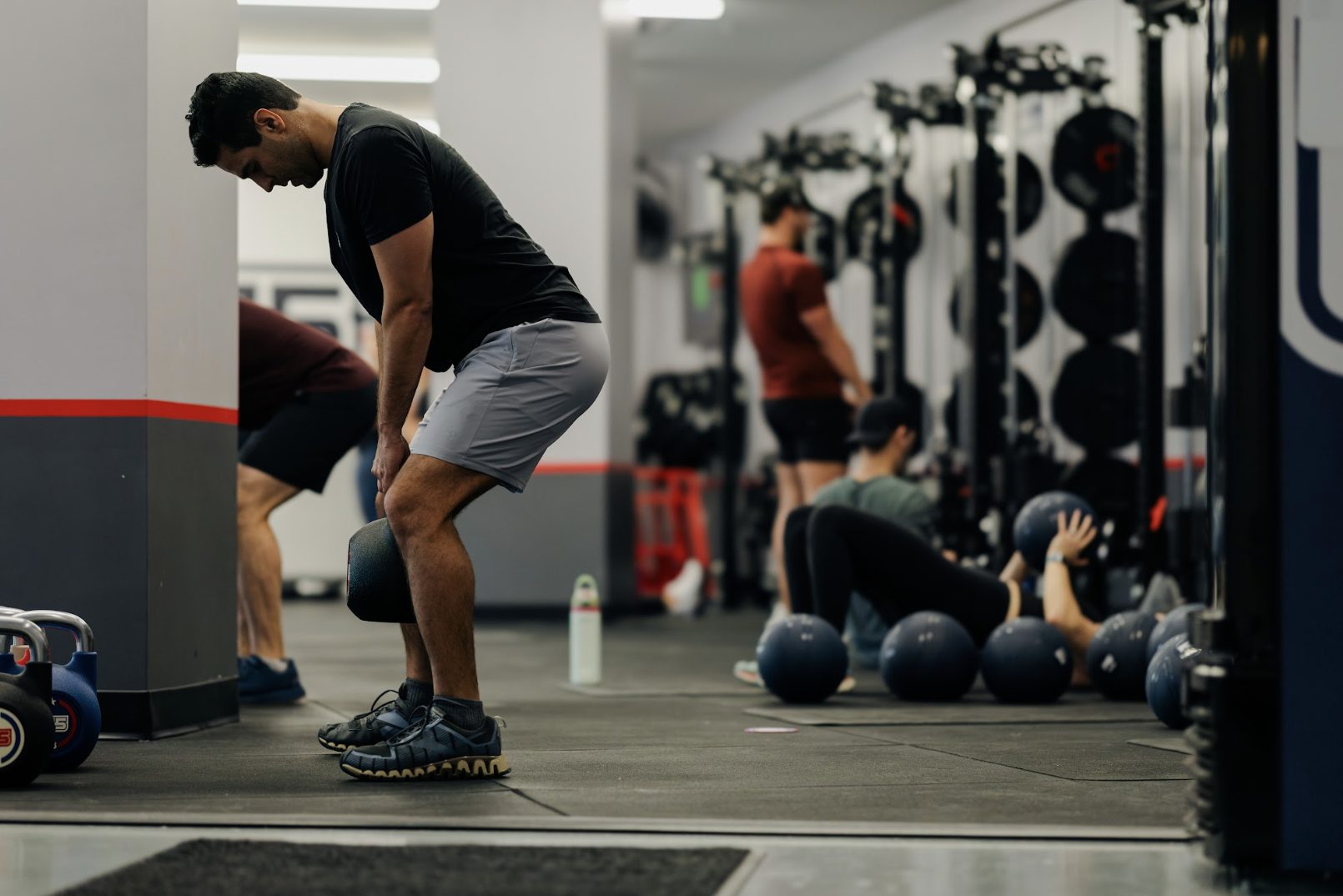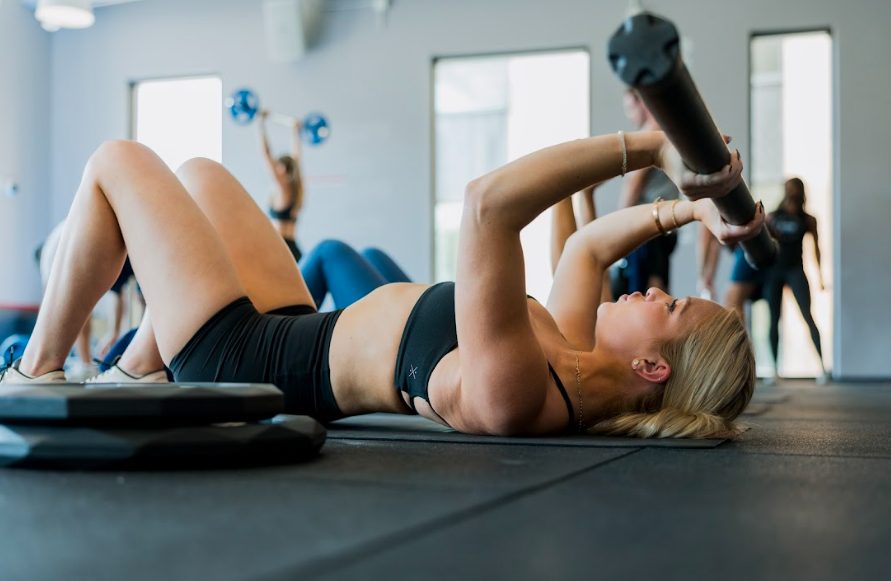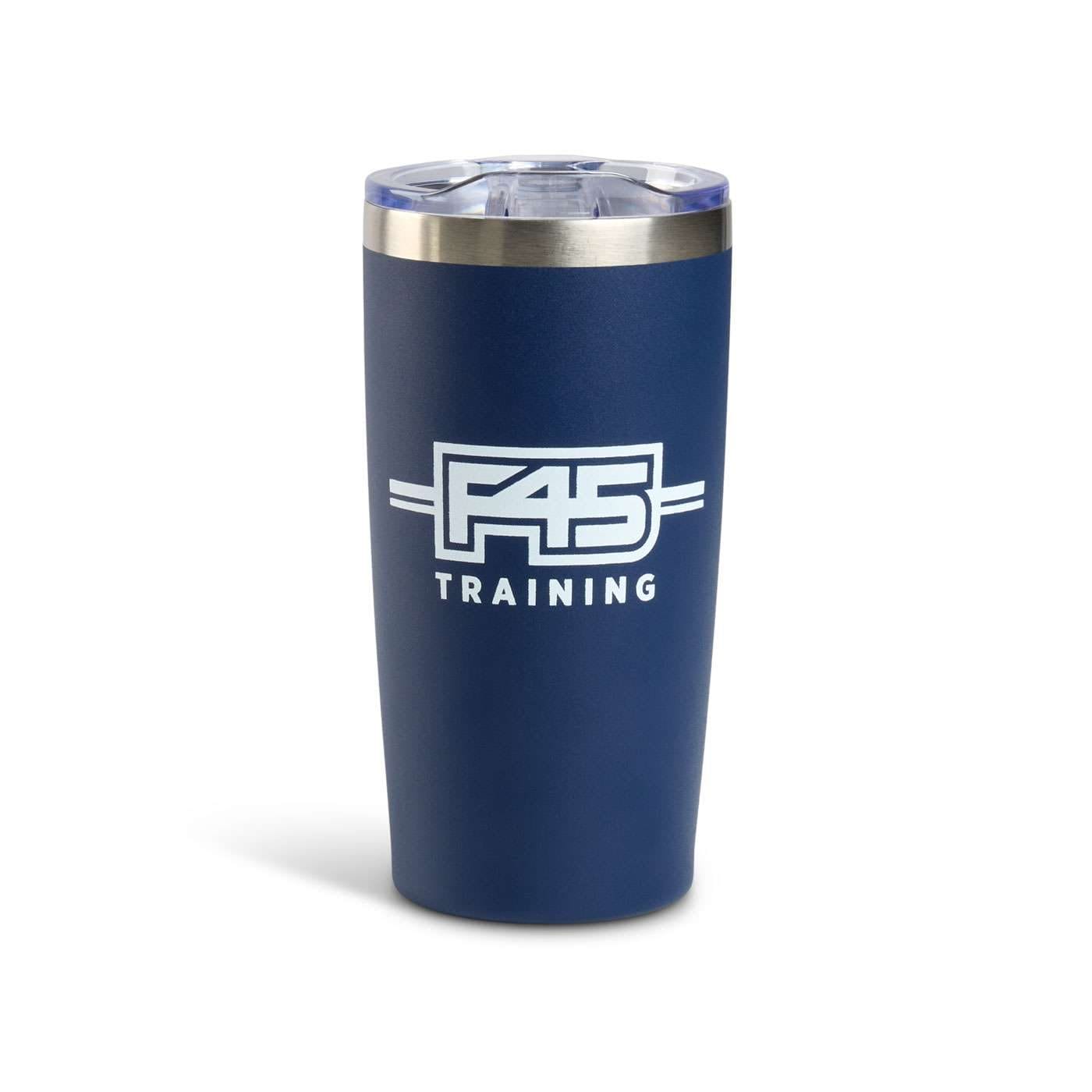To maximize your performance, the time taken toward preparation and recovery is equally important. That’s where stretching comes in – and there are different types of stretches that benefit your body. Understanding dynamic vs static stretches can be the difference between powering through your workout routine or stopping short.
Ahead, you can learn what dynamic and static stretching is, their differences and when you should use them to elevate your training.
What is dynamic stretching?
Dynamic stretches involve moving your muscles and joints through a full range of motion. This movement is then repeated.
The aim of dynamic stretches is to wake up your nervous system and increase the blood flow in your muscles. Dynamic stretches should be performed before high-intensity exercise – such as a cardio or a hybrid workout – to prepare your body to move with power and control.
Examples of dynamic stretches
Need an example of dynamic and static stretching in action? Let’s start with the dynamic side. Dynamic movements are all about building heat, waking up the joints, and firing up your entire body for F45 workouts. Here’s a few of our favorites.
- Leg swings: Front to back or side to side – great for loosening hips, hamstrings and glutes.
- Walking lunges with reach: Opens up the hips and stretches through the core and shoulders.
- High knees: Gets your heart pumping while warming your quads and improving coordination.
- Arm circles: Simple but effective for mobilizing the shoulders and upper back.
- Torso twists: Activates the obliques and increases rotation through the spine.
What is static stretching?
Static stretches are exercises where you hold your body in a position – usually for 20 to 60 seconds – to target a specific muscle group.
The goal is stillness, control and the easing of muscle tension. This is why static stretches are typically done after a session and are especially useful for reducing delayed onset muscle soreness days after a fiery resistance workout.
Examples of static stretches
One you’ve put the work in, it’s satisfying to slow things down. When your body is warm after exercise, use static stretches to reduce muscle soreness and the risk of injury. Cool down with the following static holds:
- Seated hamstring stretch: Sit with one leg extended, reach toward your foot and hold. Helps release tension through the back of your leg.
- Quad stretch: Stand tall, grab one ankle behind you and gently pull toward your glutes to stretch the front of the thigh.
- Cross-body shoulder stretch: Bring one arm across your chest and hold it in place with the other. One of many great exercises for shoulder pain.
- Figure four stretch: Lying on your back or seated, cross one ankle over the opposite knee to open your hips and glutes.
- Neck stretch: Gently tilt your head to one side, using your hand for a light assist. Relieves tension built up during high-intensity sessions.
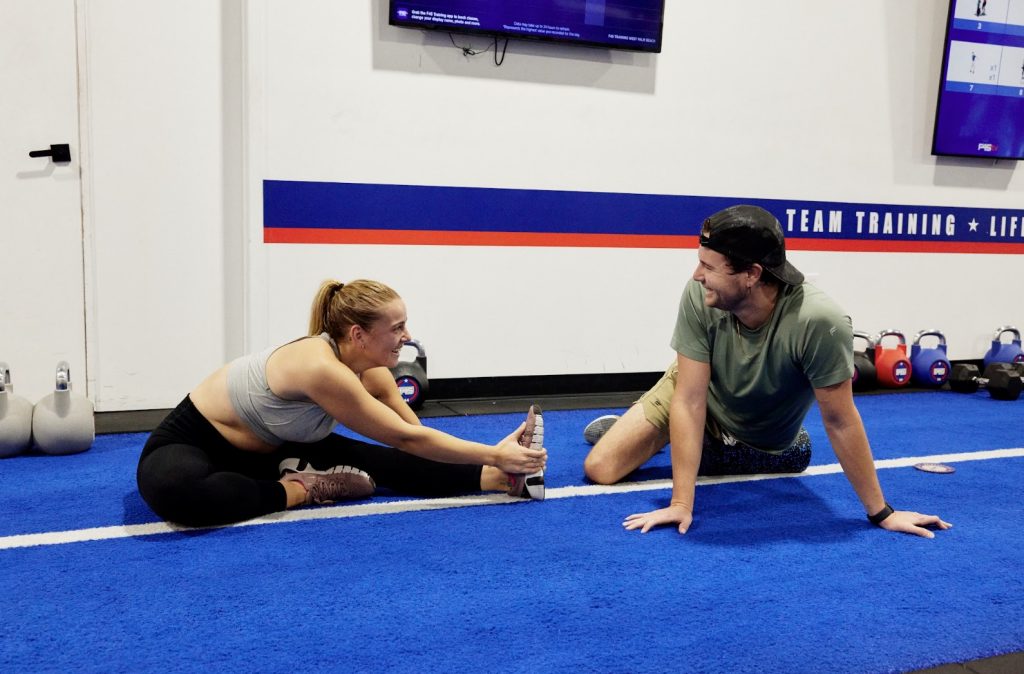
Dynamic vs static stretches: key differences, explained
Dynamic and static stretching offer unique benefits – each serving a different purpose in your exercise routine.
For a quick summary, dynamic stretches are movement-based. Whereas static stretches involve moving into a position and holding it. Explore the details in the comparison table below.
| Dynamic stretching | Static stretching |
| Involves active, continuous movement. | Involves held positions.
|
| Performed before your workout (warm-up). | Performed after your workout (cool-down).
|
| Prepares your muscles for more intense movement. | Relaxes your muscles to support recovery.
|
| Elevated mobility and prevents injury during a workout. | Reduces muscle soreness and enhances flexibility.
|
| Done in short bursts, usually 10 to 20 repetitions per exercise.
|
Held for 20 to 60 seconds. |
When should you use dynamic and static stretching?
When performing dynamic or static stretching – the key is in your timing.
Dynamic stretches:
These movements should be performed before a workout. The aim is to elevate your heart rate, engage your muscles and get your joints moving. If your muscles are tight or the weather’s cold, easing into stretches can reduce back strain during a workout. For example, if you’re doing 20 knee twists, the first 10 might involve a smaller rotation through the torso and hips – but as your body warms up, the last 10 can move deeper, with a greater twist and more range through the core.
Static stretches:
These stretches are best saved for after your workout and are great for low activity rest days. The goal is to lower your heart rate, release tension, and facilitate recovery. When your muscles are warm, you can ease into deeper holds without overloading the body. For example, if you’re doing a standing quad stretch, the first few seconds might feel tight – but as you breathe and settle into the position, your muscles begin to relax, and you can gradually increase the depth of the stretch.
Dynamic vs static stretches: what does the research say?
Science backs what F45 trainers – and expert coaches in all fitness industries – have known for years. To delve into the benefits of each, see our breakdown below:
Dynamic stretches:
Research shows that dynamic stretches are useful for quickly increasing joint range of motion and reducing muscle stiffness¹ – perfect for warming up. Several studies have also shown that dynamic stretching is fantastic for preventing injury or lessening the severity of an injury (in the following session)².
Static stretches:
For static positions, the research shows that static stretches will increase your range of motion3. Interestingly, some studies suggested that short-duration static stretches could be used in a warmup4 – albeit cautiously. And it can be more useful for older adults5 who may be navigating joint pain. So, static exercises are a great way to customize and plan workouts after 60.
Understanding dynamic vs static stretches is a game-changer for how you warm up, cool down, and recover. Now that you’ve limbered up, next learn how to improve your running endurance.
Sources:
1 https://pmc.ncbi.nlm.nih.gov/articles/PMC6370952/
2 https://pmc.ncbi.nlm.nih.gov/articles/PMC10289929/
